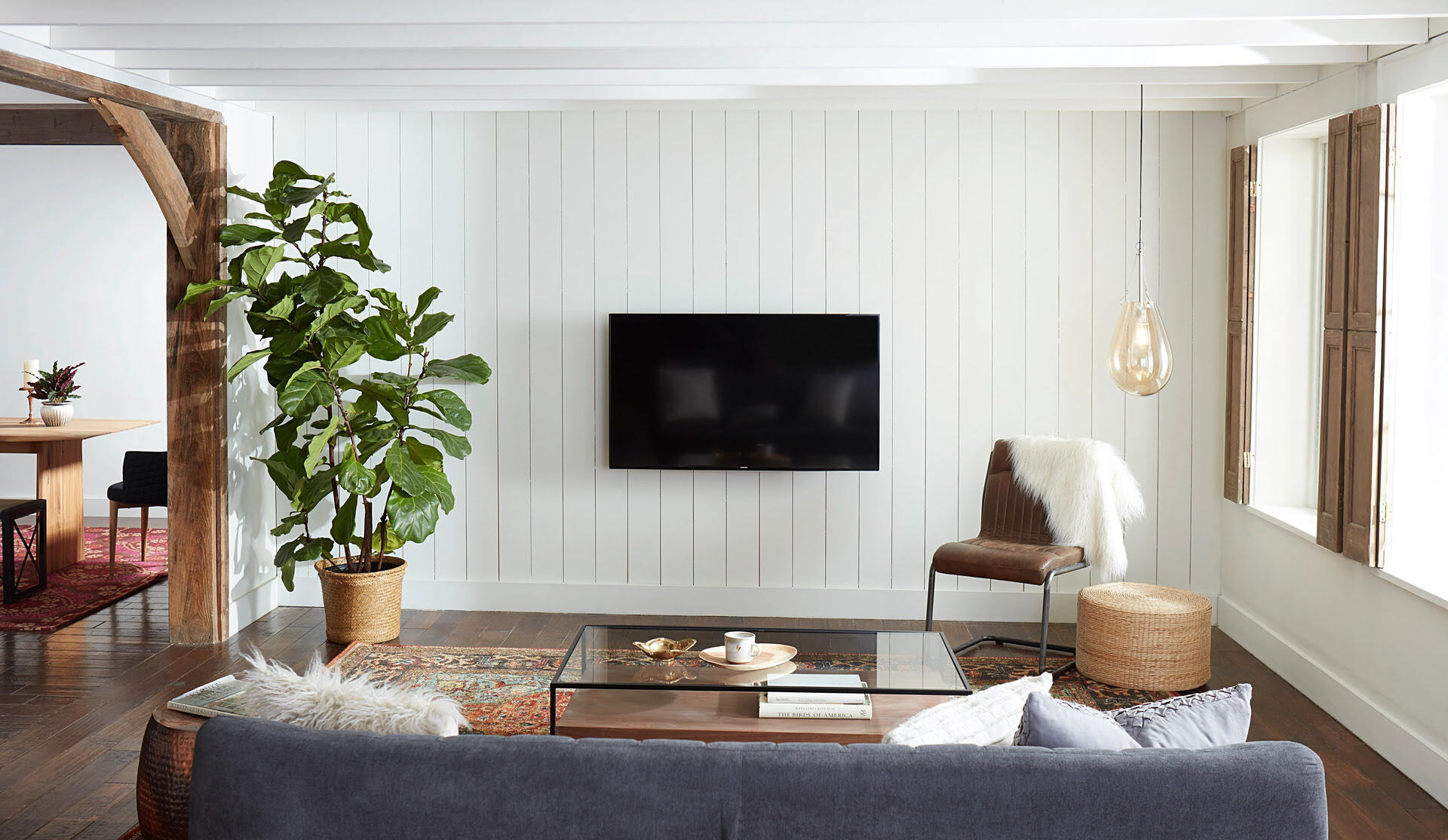

Articles
How High To Hang TV In Living Room
Modified: January 6, 2024
Learn how to properly hang your TV in your living room with our articles on the ideal height and placement. Find expert tips and advice for a perfect viewing experience.
(Many of the links in this article redirect to a specific reviewed product. Your purchase of these products through affiliate links helps to generate commission for Storables.com, at no extra cost. Learn more)
Introduction
Having a TV in the living room is a common feature in many households. It serves as a source of entertainment, a way to unwind after a long day, and a gathering point for family and friends. However, it’s crucial to consider the placement of your TV to ensure optimal viewing experience and comfort.
One important aspect to consider when setting up your TV in the living room is the height at which it should be hung. The height at which you hang your TV can greatly impact your viewing experience, as well as the overall aesthetic appeal of the room.
In this article, we will discuss the factors to consider before hanging your TV, the ideal height for hanging a TV in a living room, different mounting options, the tools and equipment required, a step-by-step guide to hang a TV, and some safety tips to keep in mind during the process.
By following this guide, you’ll be able to hang your TV in the living room in a manner that ensures optimal viewing experience, comfort, and style.
Key Takeaways:
- Finding the ideal height for hanging your TV in the living room is crucial for a comfortable viewing experience. Consider factors such as eye level, seating position, and room size to achieve the perfect setup.
- Prioritize safety when hanging your TV by using proper mounting hardware, securing the studs, enlisting help, and managing cables effectively. Following these safety tips will ensure a secure and enjoyable TV installation.
Read more: How High To Hang Chandelier In Living Room
Factors to Consider before Hanging Your TV
Before you start hanging your TV in the living room, there are a few important factors to consider. These factors will help you make informed decisions and ensure that your TV is placed in the most suitable location.
1. Viewing Angle: The viewing angle is one of the most crucial factors to consider when hanging your TV. You want to make sure that the TV is positioned at an angle that allows for comfortable viewing from different seating areas in the room. Consider the layout of your furniture and the primary seating positions to determine the best viewing angle.
2. Glare and Reflection: Another factor to keep in mind is the presence of glare and reflections on the TV screen. Position your TV away from windows or bright light sources to minimize glare. You can also invest in an anti-glare filter or adjust the tilt of the TV to reduce reflections.
3. Room Layout: Take into account the overall layout and design of your living room. Consider the size and shape of the room, as well as the location of other furniture and décor elements. You want to ensure that your TV placement complements the overall aesthetics of the room and does not hinder the flow of the space.
4. Wall Structure: Before hanging your TV, it’s important to assess the structure of the wall. Different types of walls require different mounting techniques. If you have a drywall, you will need to locate the studs for secure installation. For brick or concrete walls, you may need to use wall anchors or special mounts.
5. Cable Management: Cable management is an often overlooked but essential aspect of TV installation. Plan ahead for how you will conceal and organize the cables running from your TV to other devices such as cable boxes, game consoles, or sound systems. This will help maintain a clean and clutter-free look.
Considering these factors before hanging your TV will ensure that you create an optimal viewing setup that fits your specific living room layout and preferences.
Ideal Height for Hanging a TV in a Living Room
Determining the ideal height for hanging your TV in the living room is crucial for a comfortable viewing experience. The goal is to position the TV at a height that allows for optimal visibility without causing strain on the neck or eyes. Here are some guidelines to help you find the perfect height:
1. Eye Level: The general rule of thumb is to position the center of the TV screen at eye level when you are seated. This ensures that you have a comfortable viewing angle without straining your neck. Measure the height of your viewing position (e.g., sofa or chair) and adjust the TV height accordingly.
2. Comfortable Seating Position: Consider the primary seating position in the room and position the TV accordingly. If you have multiple seating areas, such as a sofa and a recliner, try to align the TV height with the main seating area. This ensures that the primary viewers have the best viewing experience.
3. Distance from the Floor: Ideally, the bottom of the TV screen should be at least 36 inches (around 91 cm) or more from the floor. This avoids strain on the neck and allows for a comfortable viewing experience, especially for long periods of time.
4. Viewing Angle: Consider the angle at which you will be viewing the TV. If the TV is mounted too high, it may create an uncomfortable viewing angle, resulting in neck strain. Aim to position the TV so that the center of the screen is slightly below eye level when seated.
5. Room Size and Layout: The size and layout of your living room can also influence the ideal TV height. In larger rooms or rooms with high ceilings, you may need to position the TV slightly higher to ensure it is visible and doesn’t get lost in the space. However, always prioritize comfort and visibility over aesthetics.
Remember, these are general guidelines and can vary based on individual preferences and room configurations. It’s important to experiment with different heights and angles to find what works best for you and your living room setup.
Different Mounting Options for Hanging a TV
When it comes to hanging a TV in your living room, there are several mounting options to choose from. Each option offers its own advantages and considerations. Here are the most common mounting options:
1. Wall Mount: Wall mounting is the most popular and versatile option for hanging a TV. There are two main types of wall mounts: fixed and tilting. Fixed wall mounts keep the TV parallel to the wall, while tilting mounts allow you to adjust the vertical tilt of the TV for better viewing angles. Wall mounts typically require drilling into the wall and securely attaching the mount using bolts or screws.
2. Full-Motion Mount: A full-motion or articulating mount provides the most flexibility in terms of adjusting the TV’s position. This type of mount allows you to tilt, swivel, and extend the TV, providing optimal viewing angles from different seating areas. Full-motion mounts are ideal for larger rooms or when you need to adjust the TV to reduce glare or accommodate multiple viewing positions.
3. Ceiling Mount: Ceiling mounts are a great option if you prefer to have your TV suspended from the ceiling. This is especially useful in rooms where wall mounting may not be feasible or when you want to save wall space. Ceiling mounts come in various designs, ranging from fixed to full-motion mounts, offering flexibility in positioning your TV to meet your specific needs.
4. TV Stand or Entertainment Center: If wall or ceiling mounting is not an option, you can also consider placing your TV on a stand or an entertainment center. These options provide stability and a convenient way to place your TV on a piece of furniture. Make sure to choose a stand or entertainment center that can comfortably hold the size and weight of your TV.
5. Corner Mount: If you have a corner space in your living room, a corner mount can be a smart choice. This type of mount is designed to fit snugly into the corner, allowing you to position the TV at an angle for optimal viewing. Corner mounts come in both fixed and swivel options, depending on your preferences and room layout.
Before choosing a mounting option, consider factors such as the size and weight of your TV, the layout of the room, and your specific viewing needs. It’s also essential to follow the manufacturer’s instructions and use appropriate mounting hardware for a secure and safe installation.
The optimal height to hang a TV in a living room is eye level when seated, typically around 42 inches from the floor to the center of the screen. This ensures comfortable viewing without straining the neck.
Tools and Equipment Required for Hanging a TV
Before you begin the process of hanging a TV in your living room, it’s important to gather the necessary tools and equipment. Having the right tools on hand will ensure a smoother installation process and help you achieve a secure and professional-looking result. Here are the essential tools and equipment you will need:
1. Stud Finder: A stud finder is a must-have tool for locating the wooden studs behind the wall. It is essential for securely mounting the TV bracket. Using a stud finder will help you avoid drilling into electrical wires or other hidden obstacles.
2. Level: A level is essential for ensuring that your TV is perfectly straight and level when mounted. It will help you avoid a crooked installation and ensure a pleasing aesthetic. A spirit level or a digital level app on your smartphone can both be used effectively.
3. Measuring Tape: A measuring tape is indispensable for accurately measuring and marking the position for your TV mount. Measure the height, width, and depth of your TV and use these measurements to determine the appropriate placement and positioning.
4. Screwdriver or Power Drill: Depending on the type of mount you are using, you will need either a screwdriver or a power drill with the appropriate drill bits. A power drill can make the process faster and more efficient, especially when attaching the TV mount to the wall. Make sure to have both Phillips and flat-head screwdrivers on hand.
5. Wall Anchors and Screws: If you are mounting your TV on drywall or plasterboard, you will need wall anchors and screws to provide extra support. These anchors will help distribute the weight and prevent the screws from pulling out of the wall. Make sure to choose anchors that are appropriate for the weight and size of your TV.
6. Cable Management Solutions: To maintain a clean and organized look, consider using cable management solutions. These can include cable clips, cable covers, or cable sleeves to conceal and secure the cables running from your TV to other devices. These accessories will help keep your wires neatly organized and prevent them from becoming a tangled mess.
7. Safety Equipment: It’s important to prioritize safety during the TV installation process. Wear safety goggles to protect your eyes from debris while drilling or attaching the mount. Additionally, it may be helpful to have a step ladder or stool to assist with reaching higher areas safely.
By having these tools and equipment ready before you start, you’ll be well-prepared to hang your TV in your living room efficiently and securely.
Read more: What To Hang Above The TV In Living Room
Step-by-Step Guide to Hang a TV in Your Living Room
Hanging a TV in your living room can be a straightforward process if you follow a step-by-step guide. Here is a comprehensive guide to help you hang your TV securely:
1. Choose the Mounting Location: Determine the desired location for your TV, considering factors such as viewing angle, furniture placement, and wall structure. Ensure that the wall can support the weight of your TV.
2. Locate the Studs: Use a stud finder to locate the wooden studs behind the wall. Mark the positions of the studs as they will provide the most secure support for your TV mount.
3. Mount the Bracket: Attach the TV mount bracket to the wall using the appropriate screws or bolts. Make sure to align the bracket with the marked stud positions for maximum stability. Use a level to ensure that the bracket is perfectly straight and level.
4. Connect the Cables: Before mounting the TV on the bracket, connect the necessary cables such as HDMI, power, and audio cables. Ensure that the cables are long enough to reach your devices and consider using cable management solutions to keep them organized and concealed.
5. Mount the TV: With the help of a friend or family member, carefully lift the TV and align it with the bracket. Gently lower the TV onto the bracket, ensuring that it securely locks into place. Double-check that the TV is level and adjust if necessary.
6. Secure the TV: Depending on the type of TV mount you are using, there may be additional security measures to take. Follow the instructions provided by the manufacturer for securing the TV to the mount, such as using safety screws or brackets.
7. Test and Adjust: Once the TV is securely mounted, test its functionality. Ensure that all cables are properly connected and the TV powers on. Adjust the tilt or swivel of the mount if needed to achieve the desired viewing angle.
8. Cable Management: After installation, take the time to manage the cables properly. Use cable clips, covers, or sleeves to keep the cables organized and hidden from view. This will help maintain a clean and clutter-free look.
9. Final Touches: Stand back and admire your newly mounted TV. Make any necessary adjustments to the positioning or cable management to achieve the desired aesthetics. Clean the TV screen and surrounding area to ensure a clear and crisp display.
By following these step-by-step instructions, you can confidently hang your TV in your living room, creating an enjoyable and immersive viewing experience for yourself and your guests.
Safety Tips for Hanging a TV
When hanging a TV in your living room, it’s important to prioritize safety to avoid accidents and ensure a secure installation. Here are some essential safety tips to keep in mind:
1. Use Proper Mounting Hardware: Ensure that you use the appropriate mounting hardware provided by the manufacturer. Do not use substandard or improvised materials, as they may not provide sufficient support and can lead to the TV falling off the wall.
2. Find the Studs: Use a stud finder to locate the wooden studs behind the wall. Mounting your TV directly onto the studs will provide the most secure and stable installation. Avoid mounting directly onto drywall or plasterboard, as it may not provide adequate support.
3. Follow Weight Guidelines: Carefully read the manufacturer’s guidelines and ensure that the TV mount and bracket you choose can support the weight of your TV. Always choose a mount that has a weight capacity greater than the weight of your TV to ensure stability and prevent accidents.
4. Securely Attach the Mount: When attaching the TV mount to the wall, make sure to properly secure it using the recommended screws or bolts. Ensure that the mount is firmly attached to the wall and that it is level to prevent the TV from tilting or falling off the wall.
5. Enlist Help: Mounting a TV can be a two-person job, especially if you have a large or heavy TV. Enlist the help of a friend or family member to assist with lifting and positioning the TV to avoid strain or accidents. Additionally, an extra pair of hands can help ensure a level and secure installation.
6. Avoid Overloading the Power Outlet: When connecting the power cable for your TV, make sure not to overload the power outlet. Avoid using power strips or extension cords that are already at capacity. If necessary, consult an electrician to install additional outlets to accommodate your TV and other devices.
7. Secure Cables and Wires: Use cable management solutions to secure and organize the cables and wires running from your TV to other devices. This will prevent them from becoming tangled or accidentally pulled, reducing the risk of tripping hazards or damage to the cables.
8. Regularly Inspect and Maintain: Periodically inspect the mounting hardware and cables to ensure they are still secure. Check for any signs of damage or loosening over time. If you notice any issues, take immediate action to address them and ensure the continued safety of your TV installation.
By following these safety tips, you can confidently hang your TV in your living room, knowing that it is securely mounted and that you have taken the necessary precautions to prevent accidents and injuries.
Conclusion
Hanging a TV in your living room can greatly enhance your viewing experience and elevate the overall aesthetics of the space. By following the factors to consider, determining the ideal height, exploring different mounting options, gathering the necessary tools and equipment, and following a step-by-step guide, you can successfully hang your TV and create a comfortable and visually pleasing setup.
Choosing the right height and viewing angle, considering the room layout, and using proper mounting techniques will ensure optimal comfort and visibility. Utilizing tools such as a stud finder, level, and measuring tape, along with securing the TV with the appropriate mounting hardware, will result in a secure installation.
Safety should always be a priority when hanging a TV. Using proper hardware, locating and securing the studs, enlisting help, and managing cables effectively are all essential safety tips to prevent accidents and maintain a secure installation.
Remember, each living room is unique, and personal preferences may vary. Take the time to consider the specific needs and layout of your living room to make informed decisions about TV placement. Experiment with different mounting options and settings to achieve the perfect setup that suits your viewing experience and complements the overall design of the room.
By following this comprehensive guide and prioritizing safety, you can successfully hang your TV in the living room, transforming it into an entertainment hub where you can relax and enjoy your favorite movies, TV shows, and games.
Frequently Asked Questions about How High To Hang TV In Living Room
Was this page helpful?
At Storables.com, we guarantee accurate and reliable information. Our content, validated by Expert Board Contributors, is crafted following stringent Editorial Policies. We're committed to providing you with well-researched, expert-backed insights for all your informational needs.

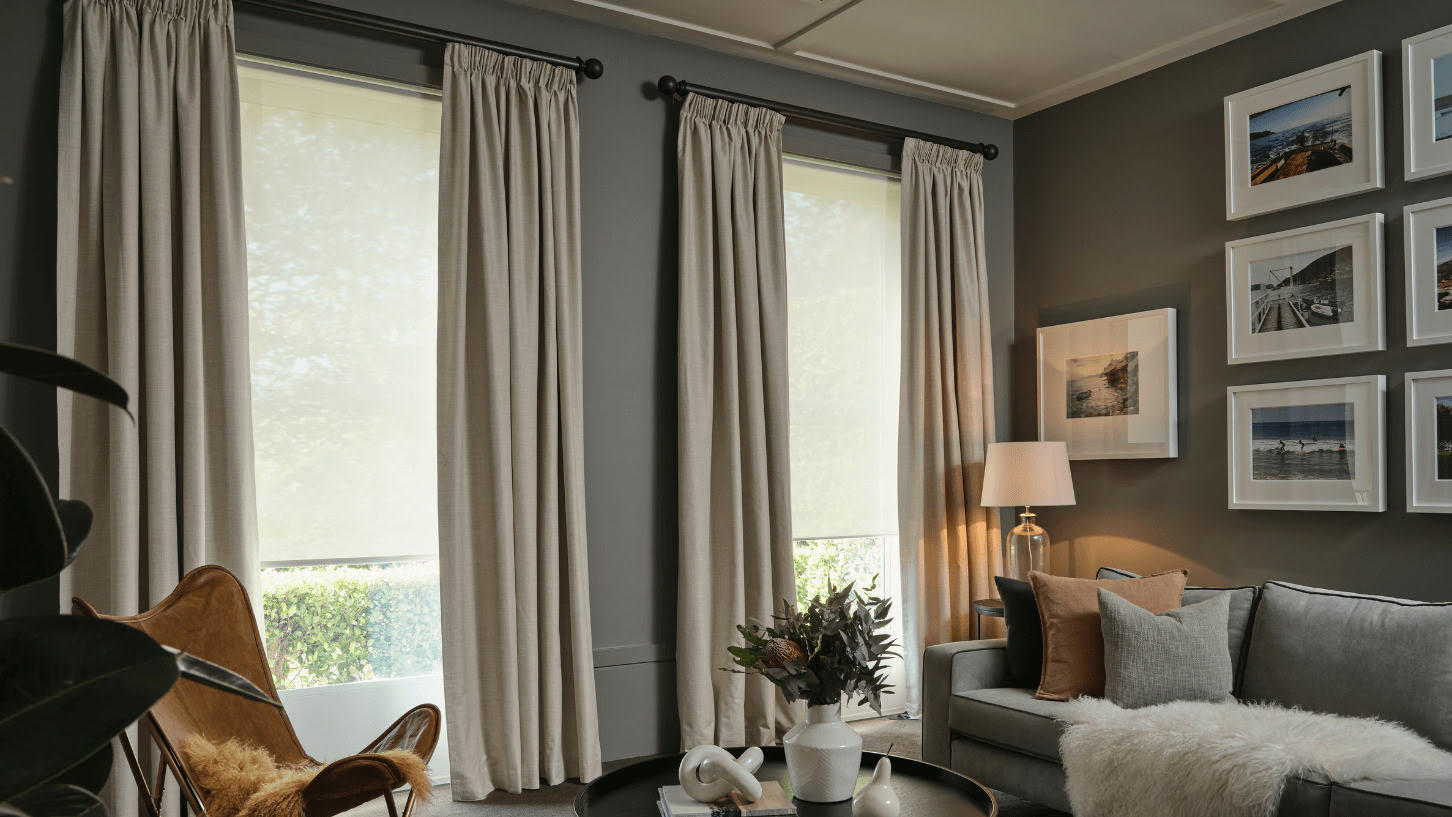
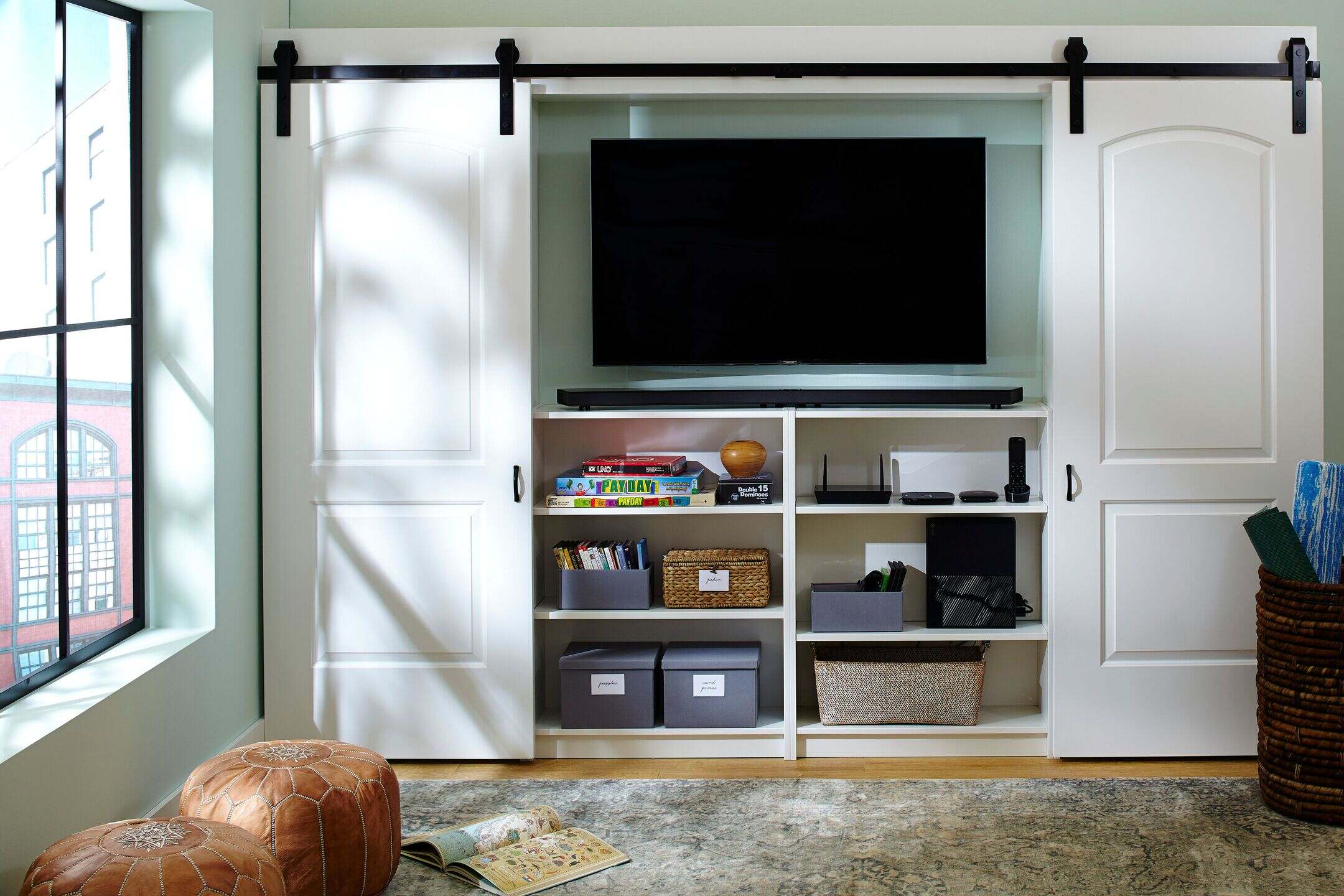

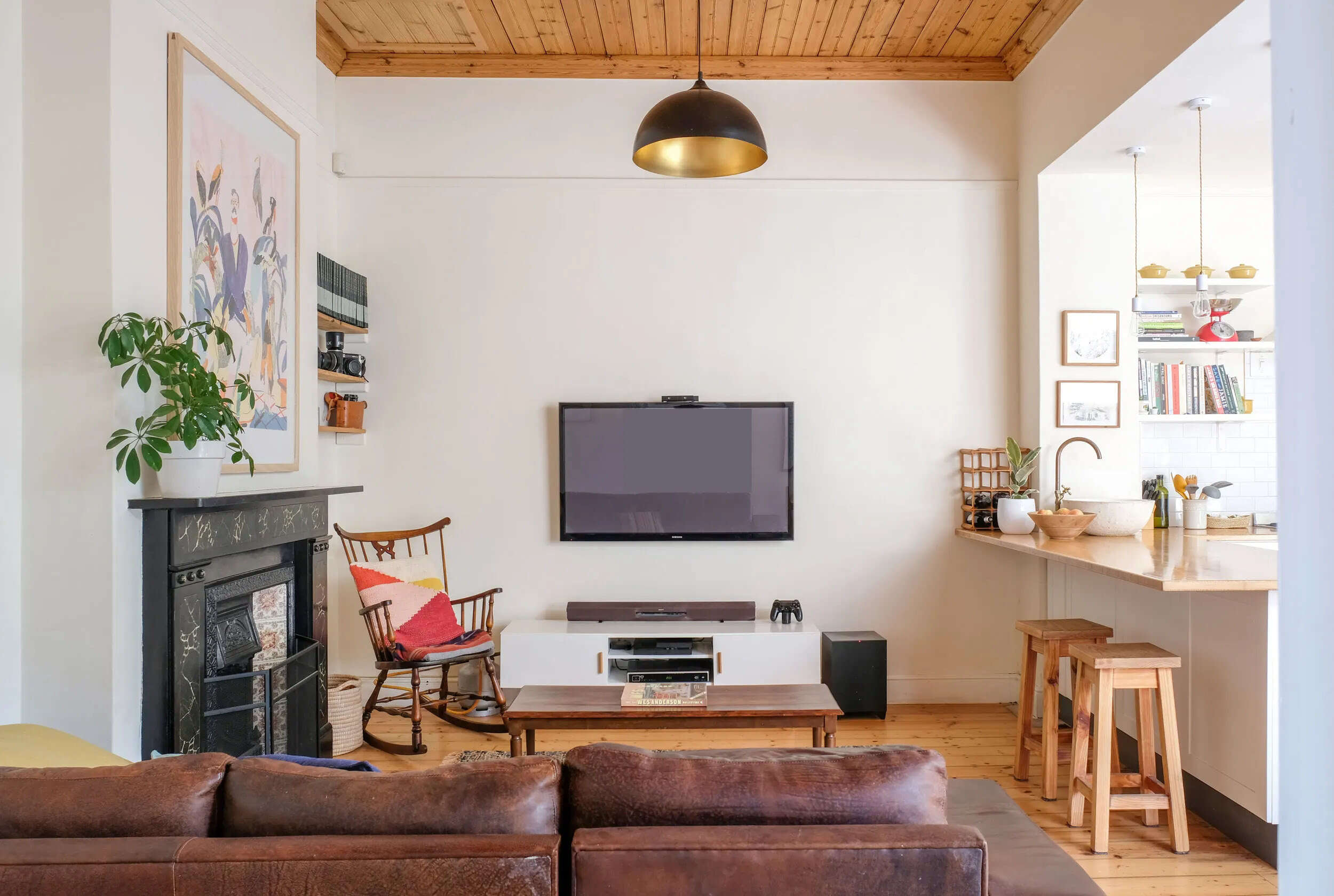
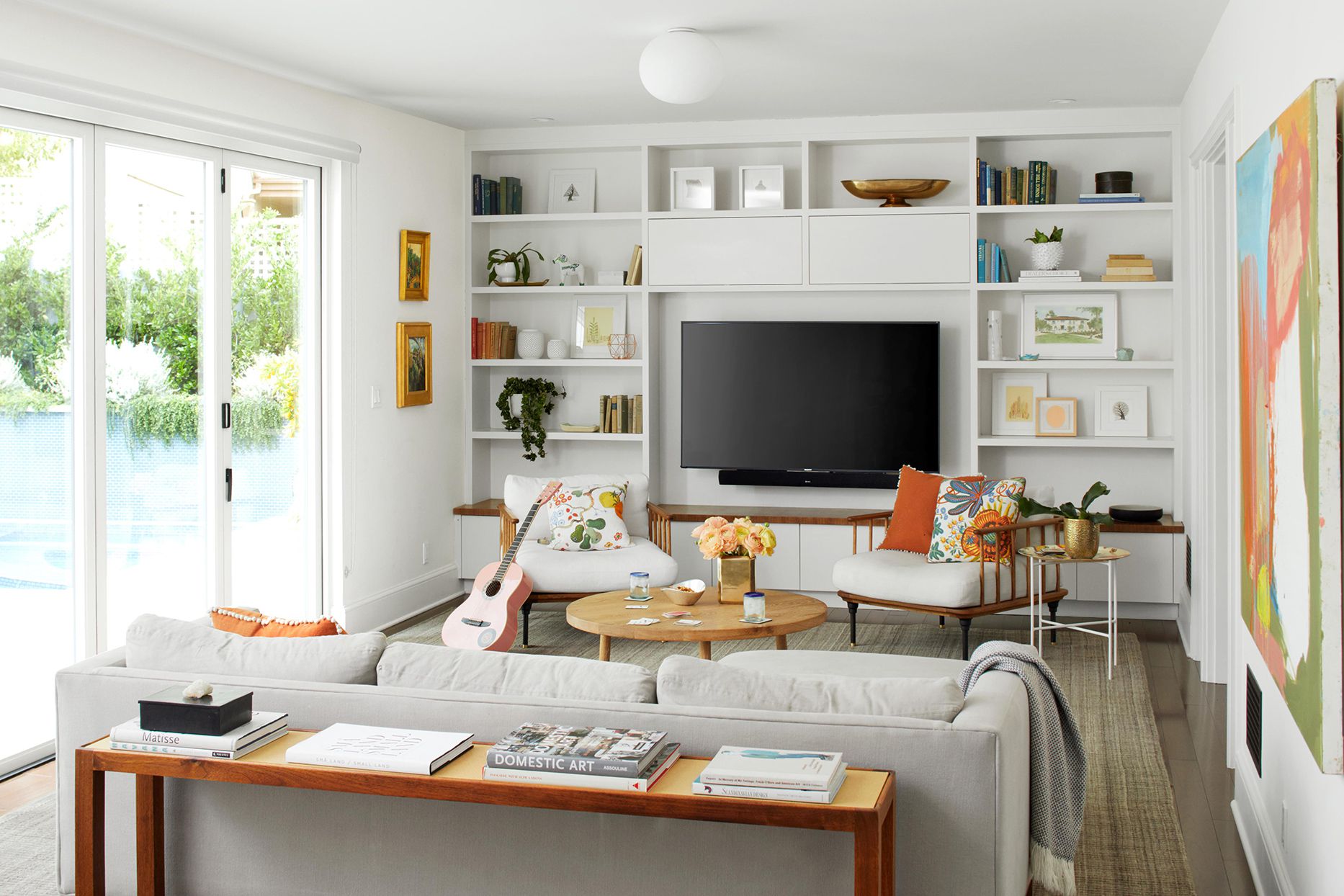



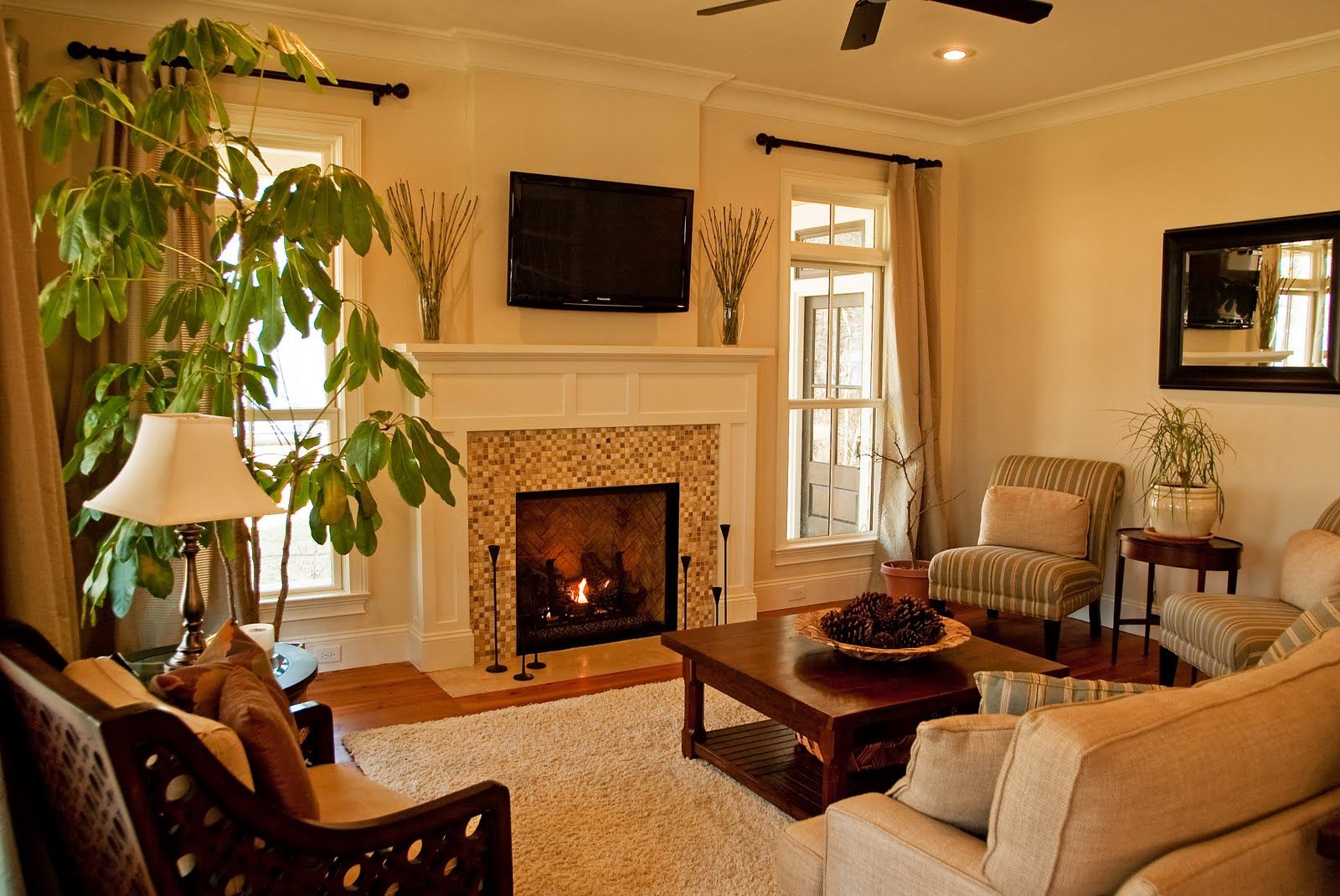
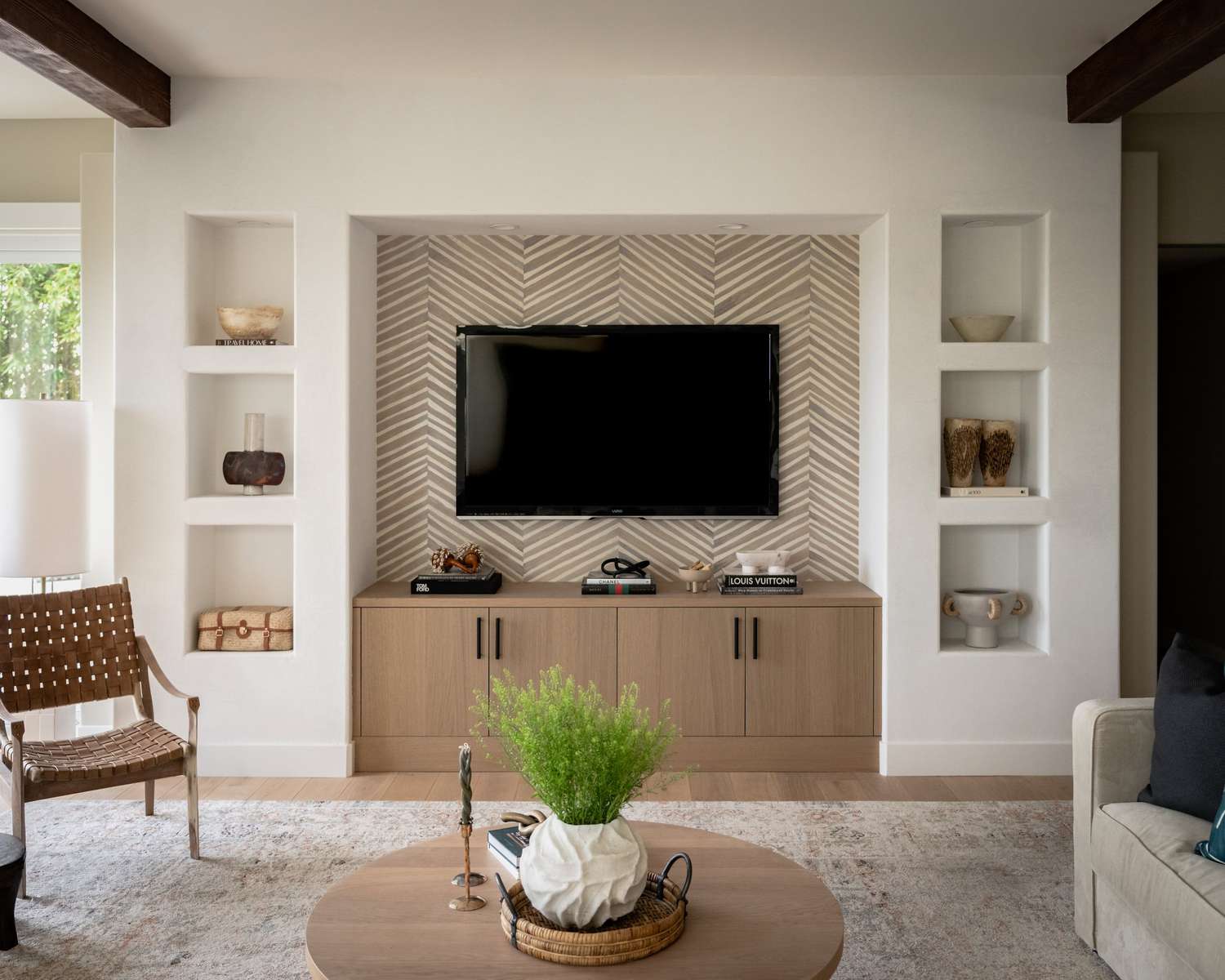
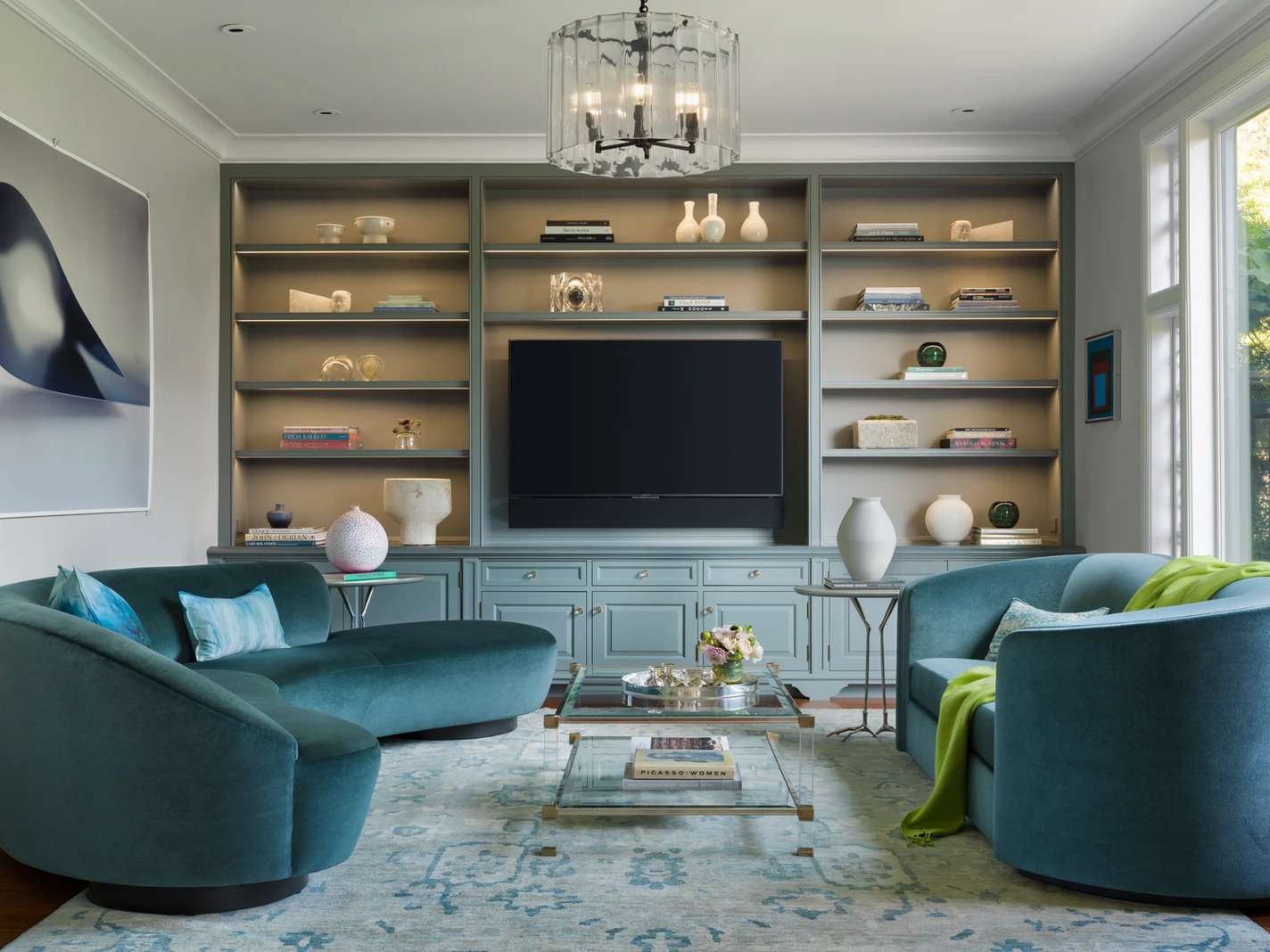
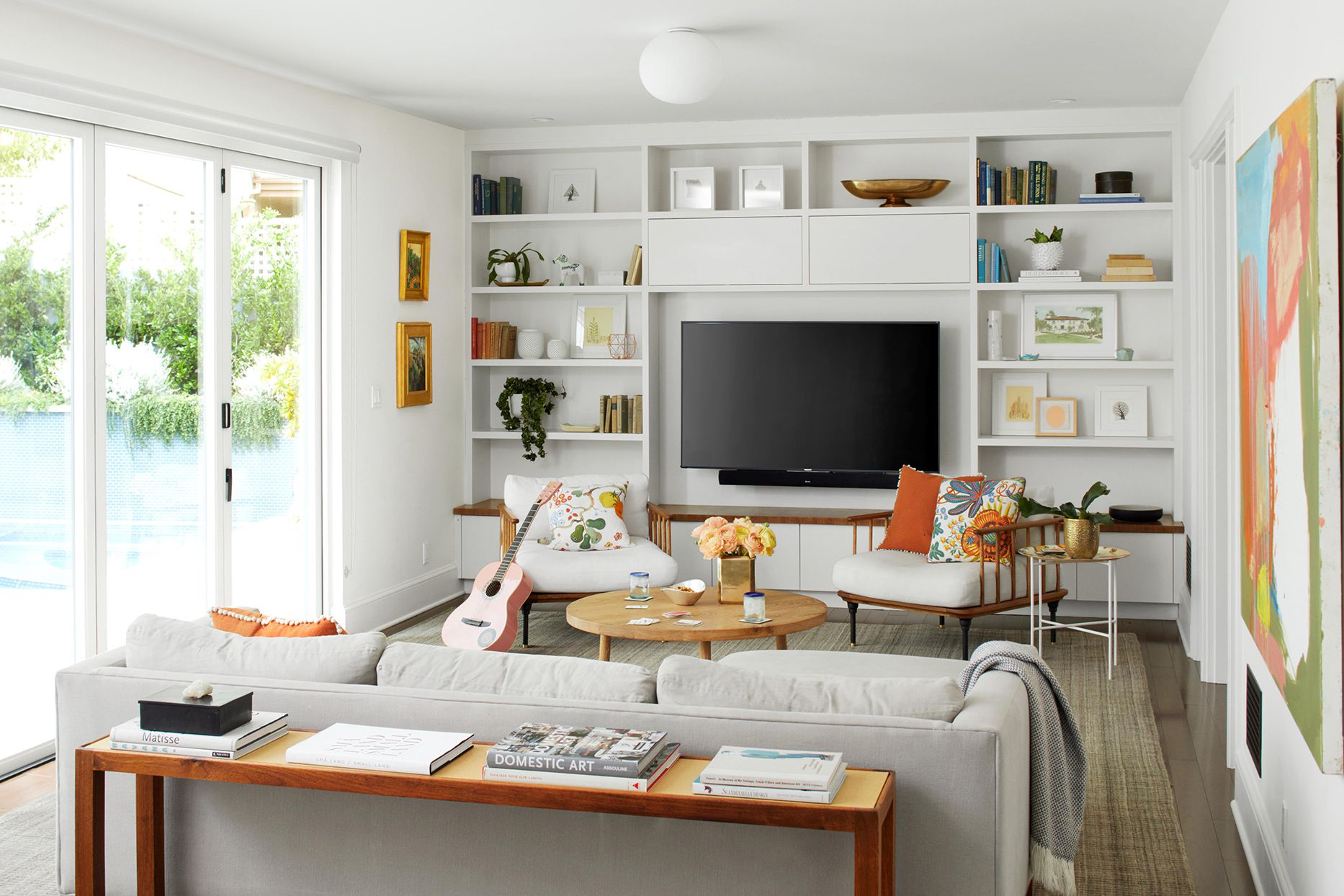


0 thoughts on “How High To Hang TV In Living Room”